Tokyo Art Scene: Art Week in Ginza
Manika Nagare, Philippe Weisbecker and Art Aquarium
Tokyo Art Scene is a biweekly report on ongoing art and design exhibitions around Tokyo. It features event listings for architecture, art, ceramics, design, fashion, fine arts, photography and print (both the modern and the traditional) as well as digitally-themed presentations.
Ginza is sparkling with an array of exciting art events this month. Many can be visited for free, a bonus for leisurely gallery hopping around one of Tokyo’s more expensive areas. This week we’ll explore three promising shows at Pola Museum Annex, Atelier Muji and the recently opened Art Aquarium Museum inside the new building of the Mitsukoshi department store.
“Spectrum of Vivid Moments” by Manika Nagare
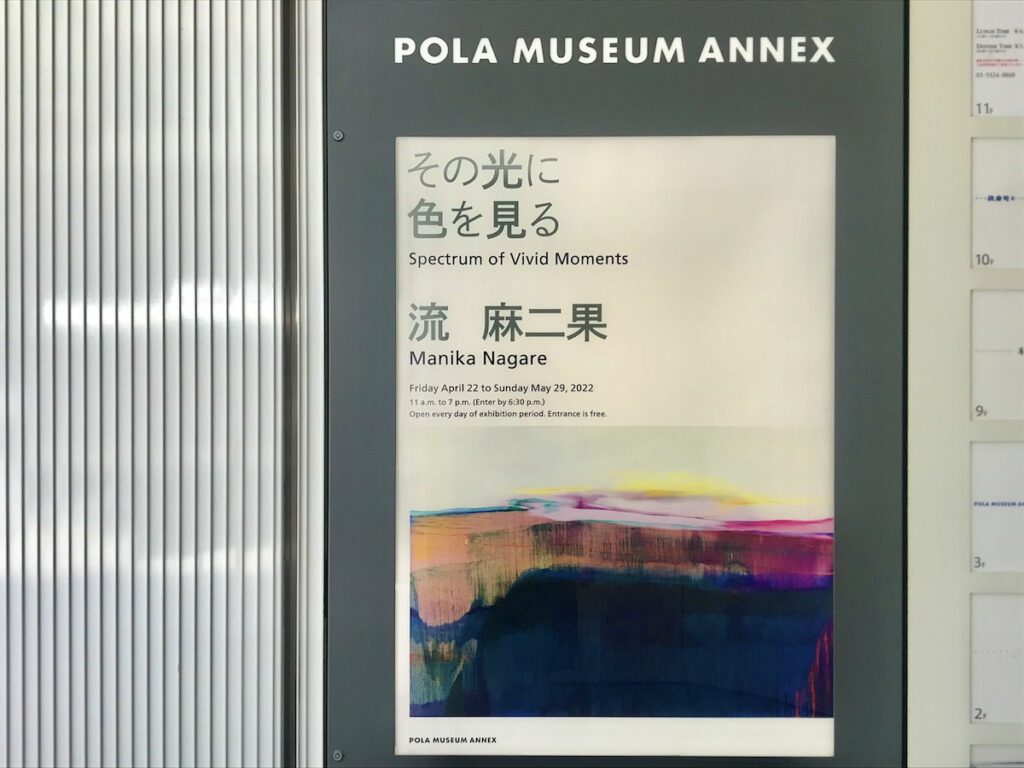 © Photo by Alma Reyes
© Photo by Alma ReyesPola Museum Annex is presenting “Spectrum of Vivid Moments” by artist Manika Nagare until May 29.
Born in Osaka, Nagare interned at Frank Stella Studio in New York in 2002 and is regarded as a “color specialist.” She paints under natural light, which is her required source for discovering the broad spectrum of colors that filter through a space—illuminating walls, floors and ceilings. While she perceives artificial light as an induction of indistinct shadows that conceal elements we may pretend not to see (parallel to dark conditions of life), natural light, on the other hand, renders clarity through layered rays—which can spark unexpected changes.
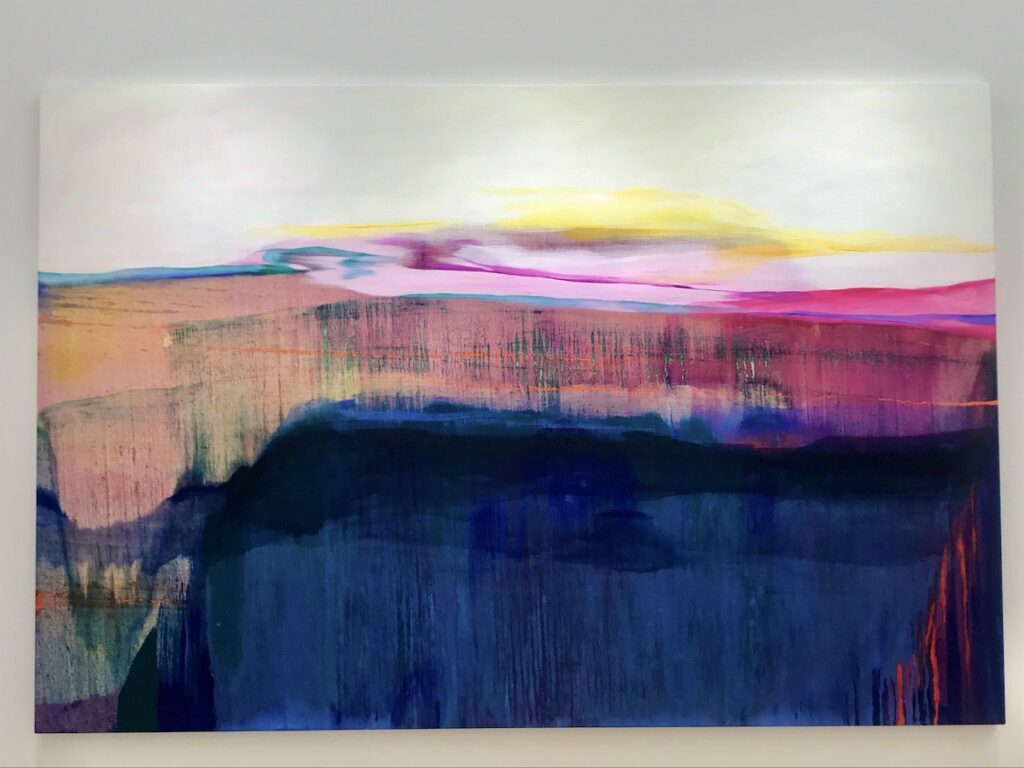 © Photo by Alma Reyes
© Photo by Alma ReyesFor Nagare, light reminds us that we are alive. Her brushstrokes flow both vibrantly and faintly, much like natural currents as they regenerate new textures through transparency and overlapping shadows. It is Nagare’s first solo exhibition in Japan since her show at the Pola Museum of Art Atrium Gallery in 2018.
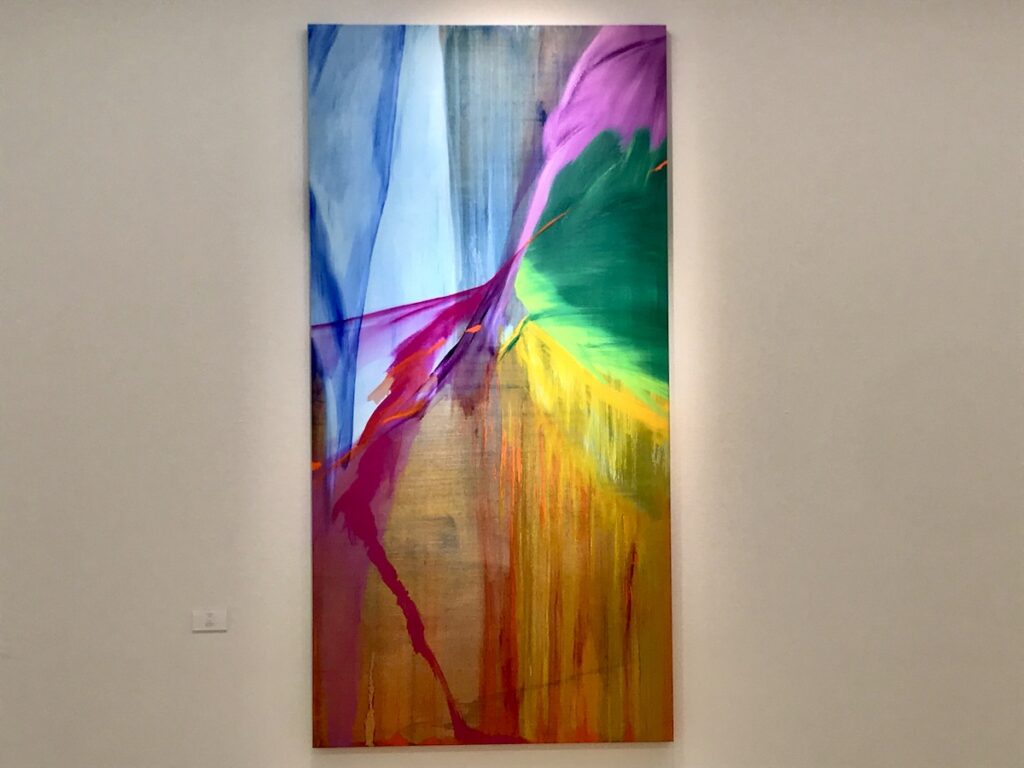 © Photo by Alma Reyes
© Photo by Alma ReyesAt the Ginza venue, about 15 works are displayed, including new pieces from the “Traces of Colors by Women Artists” series presented at the Nerima Art Museum’s “Re-Construction” exhibition in 2020. Nagare was inspired by the thought of other female artists who persist to paint despite Japanese society’s attitudes towards women.
- Date
- Now through May 29, 2022
- Time
- Daily from 11 a.m. to 7 p.m.
- Location
- Pola Ginza Building 3F, 1-7-7 Ginza, Chuo-ku, Tokyo - Map
- Fee
- Free!
- Info
- Access: Ginza-Itchome station, Exit 7 on Yurakucho Line; Ginza station, Exit A9 on Ginza, Hibiya, and Marunouchi Line
“Life in Art Handmade” by Philippe Weisbecker
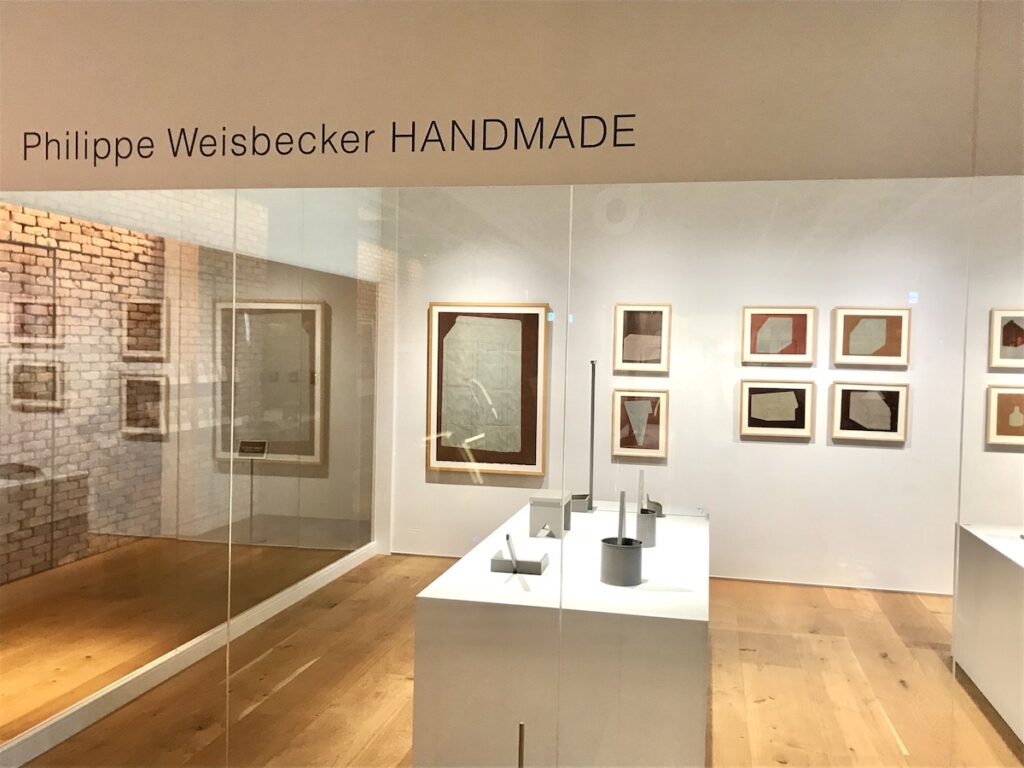 © Photo by Alma Reyes
© Photo by Alma ReyesAs part of Atelier Muji’s ongoing “Life in Art” art project, it will be showing “Philippe Weisbecker Handmade” until Sept. 25.
Weisbecker is a French furniture designer and craftsman who started his career as an illustrator when he was 30 years old. He graduated from Ecole Nationale Supérieure des Arts Décoratifs in Paris and moved to New York in 1968. Due to his deep connection with Japan beginning with his first solo exhibition at the Creation Gallery G8 in Ginza, he has collaborated with Muji Forum des Halles in Paris. He was also an artist-in-residence at the Villa Kujoyama in Kyoto in 2002 and has exhibited at the Takenaka Carpentry Tools Museum in 2021. He has designed advertisements for Shiseido, Toraya and Panasonic, and garnered the Tokyo Art Directors Club prize in 2013.
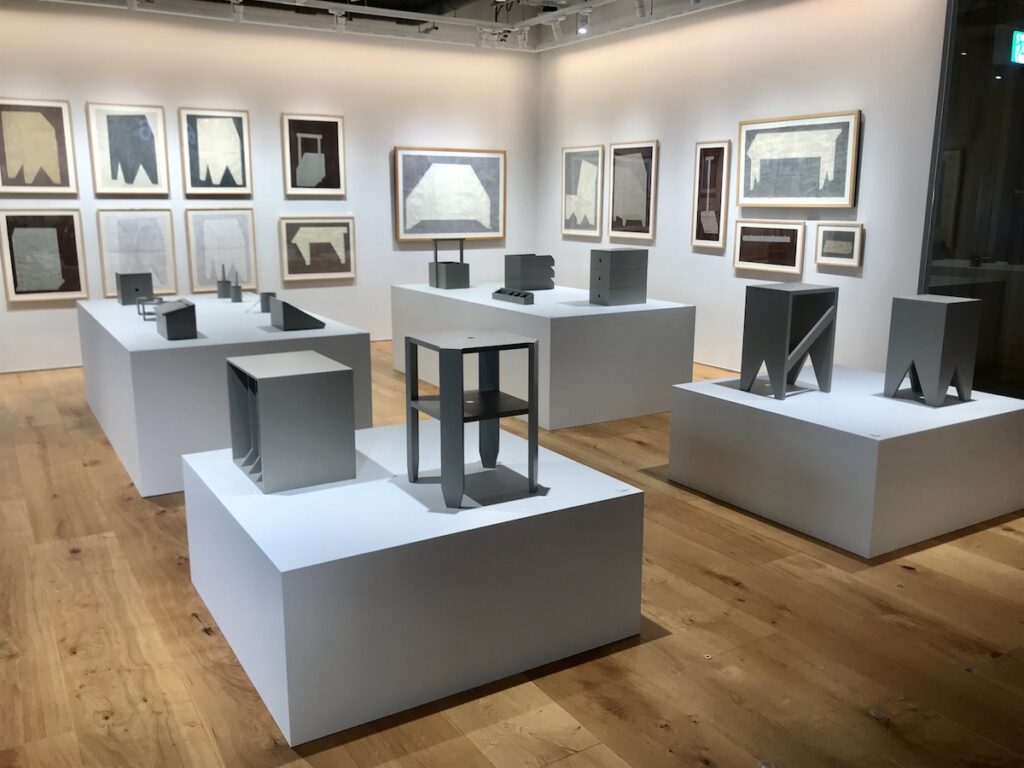 © Photo by Alma Reyes
© Photo by Alma ReyesWeisbecker designed an official poster for the Tokyo 2020 Olympic Games. He is renowned for his distinct preference for basic and simple furniture as well as products made from sturdy, minimal materials. His style, escaping extravagance or fussy craftsmanship, evokes unpretentiousness, utilizing uncomplicated tools such as screws, glue, clamps and a drill. Weisbecker focuses on the color gray, which for him is not influenced by trends, but rather projects calmness and a sense of weight.
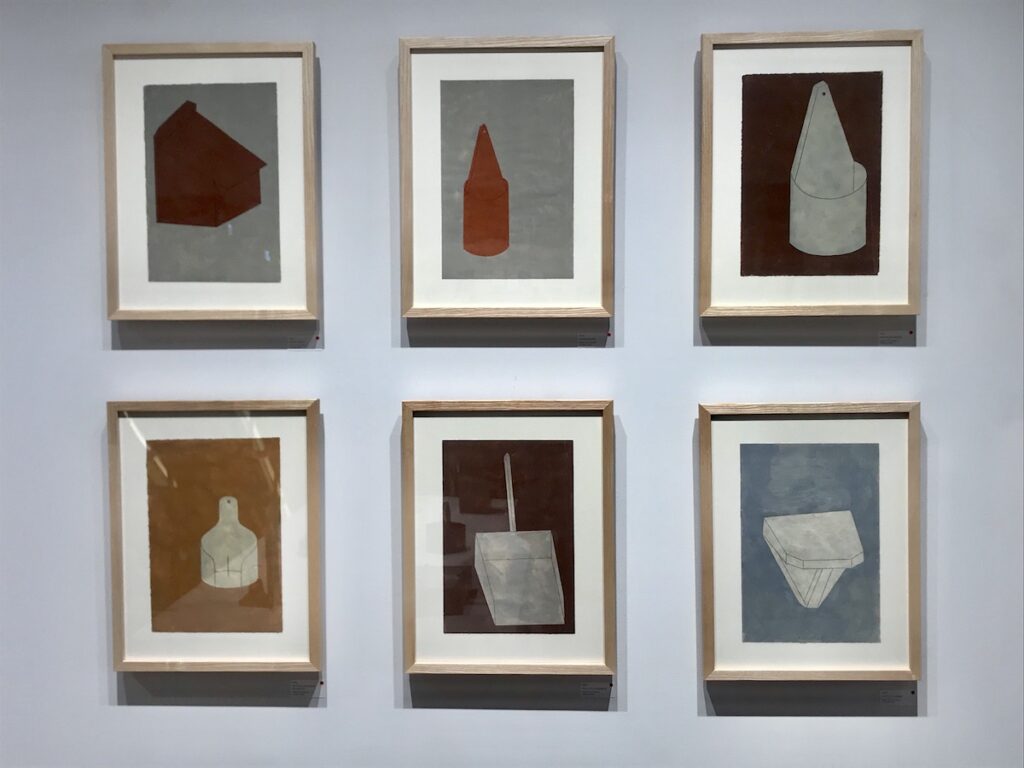 © Photo by Alma Reyes
© Photo by Alma ReyesThe exhibition displays drawings of familiar household objects, tools and interior pieces, such as a stool, a cabinet, a lamp and a clock, plus other works he assembled and painted himself. A video also shows the designer at work in his studio.
- Date
- Now though Sep. 25, 2022
- Time
- Daily from 11 a.m. to 9 p.m.
- Location
- Muji Ginza 6F, 3-3-5 Ginza, Chuo-ku, Tokyo - Map
- Fee
- Free!
- Info
- Access: Ginza Station, Exit C8 on Ginza, Marunouchi and Hibiya Lines; Ginza-itchome Station, Exit 5 on Yurakucho line; JR Yurakucho station, Kyobashi exit
“Hyakka Ryouran-Evolving Art”
 © Photo by Art Aquarium Museum Ginza
© Photo by Art Aquarium Museum GinzaThe Art Aquarium Museum reopened on May 3 at the Mitsukoshi department store with another illuminating, themed exhibition: “Hyakka Ryouran-Evolving Art.”
Celebrating its 15th anniversary, the museum boasts a new artistic presentation of aquariums enhanced by innovative technology using digital light, color projection and mirror effects that wrap the fish in an underwater world of fantasy, dreams and euphoria. The Art Aquarium has attracted over 10 million visitors since its debut as Sky Aquarium in 2007 at the Mori Arts Center Gallery in Roppongi. Since then, it has traveled in 40 exhibitions across Japan to Kyoto, Osaka, Nagoya, Hakata, Kumamoto and Kanazawa as well as abroad to Milan in 2015 and Shanghai in 2018.
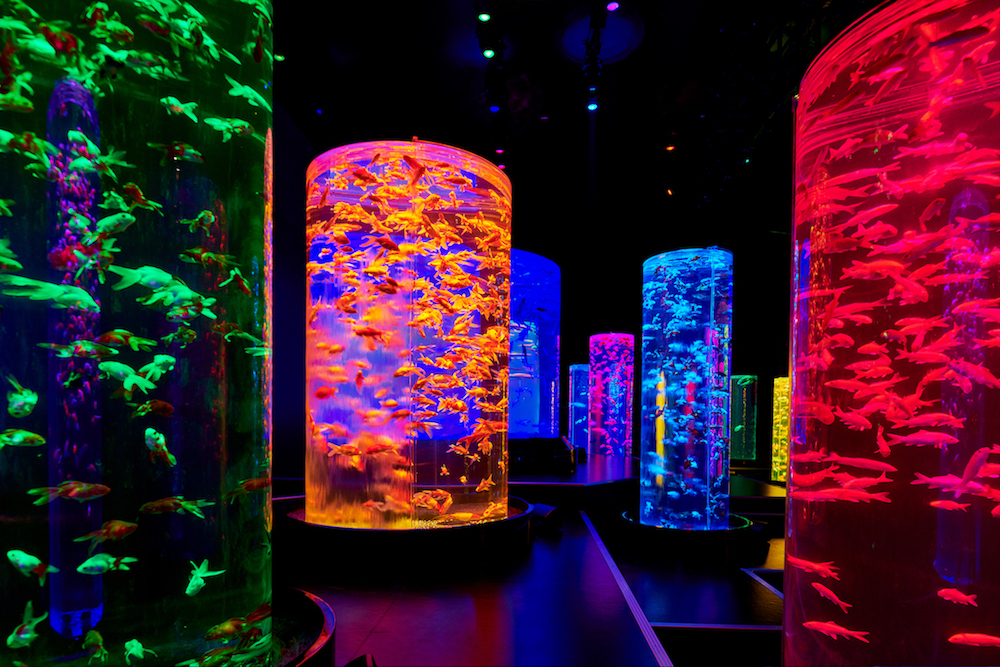 © Photo by Art Aquarium Museum Ginza
© Photo by Art Aquarium Museum GinzaKingyo, or goldfish, have an auspicious meaning in Japanese culture. Brought in by Chinese traders in 1502, they were first highly prized pets for the samurai and noble classes. Their vermillion color symbolizes wealth, fortune and good luck. Owing, perhaps, to their association with nobility and opulence, goldfish have become popular motifs in art and everyday items in Japan.
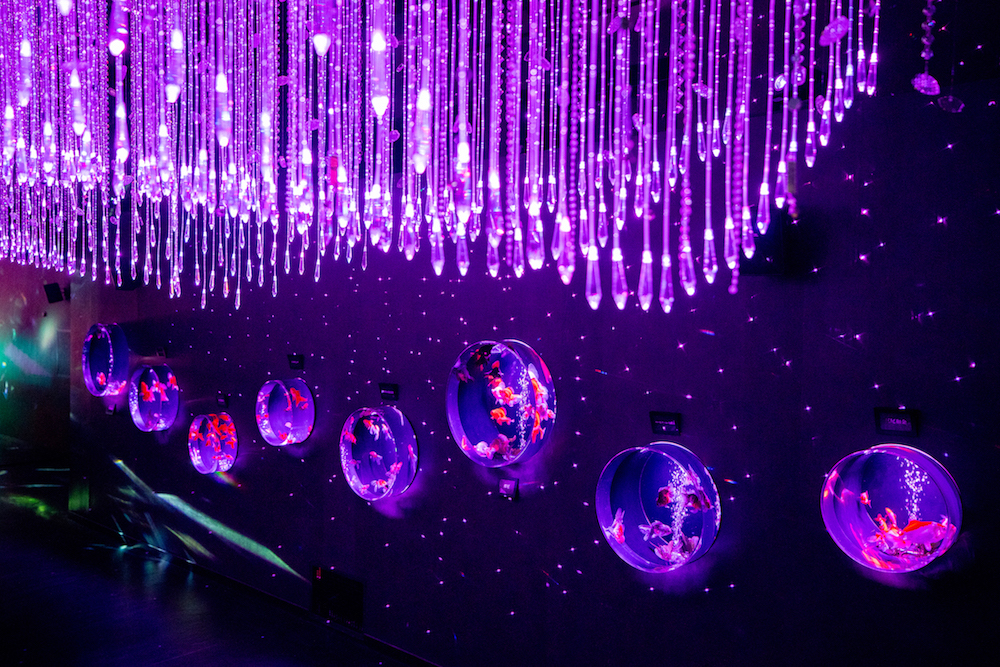 © Photo by Art Aquarium Museum Ginza
© Photo by Art Aquarium Museum GinzaThe exhibition tries to incorporate aspects of traditional Japanese culture into the aquarium displays. For instance, the “BonBorium” aquarium is shaped like an old-fashioned paper lantern. The “Procession of Courtesan Oiran Dochu” aquarium is inspired by the historical processions of oiran (courtesans) in Yoshiwara—the red-light district of Tokyo in the Edo period. Visitors will be stunned by a multitude of dancing fish, such as the “Super Oiran” installation with 3,000 fish swimming inside 17 aquariums.
Leading Japanese ikebana (flower arrangement) artist Shogo Kariyazaki—who is celebrating 40 years of flower arrangement work—collaborated on this exhibition. Special events are also planned during the exhibition period. Check the website for updates.
- Date
- On now
- Time
- Daily from 10 a.m. to 7 p.m.
- Location
- Ginza Mitsukoshi new building 9F, 1-3-9 Ginza-honcho, Chuo-ku, Tokyo - Map
- Fee
- ¥2,300 (Up to two children aged between 4-12 are free of charge)
- Info
- Access: Ginza station on Ginza, Marunouchi and Hibiya lines; Ginza-itchome station, Exit 5 on Yurakucho line; Higashi-ginza station on Toei Asakusa and Hibiya lines; Yurakucho station on JR Yamanote and Yurakucho lines
Attending any of these exhibitions? Send us photos through Facebook or Instagram for a chance to be reposted. #SavvyTokyo
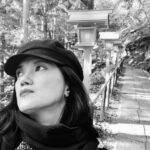












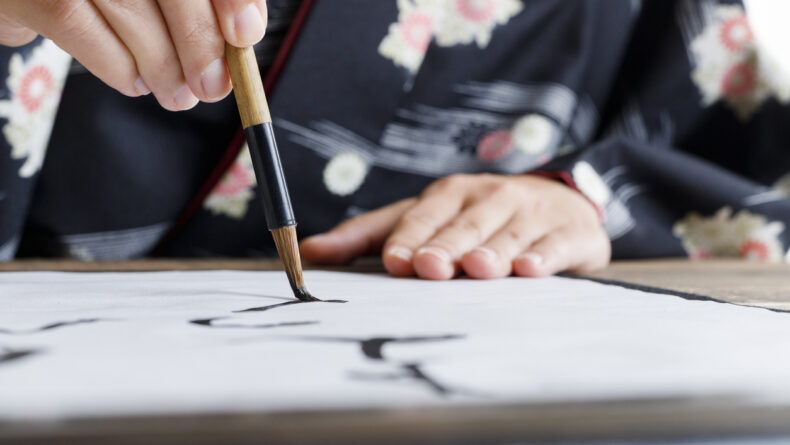
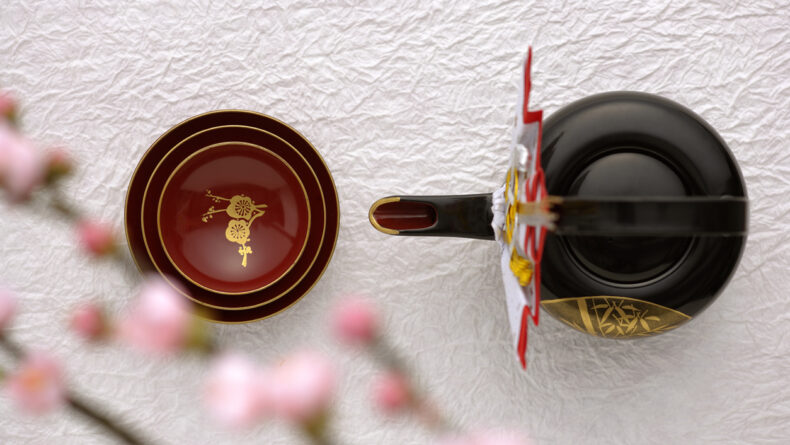
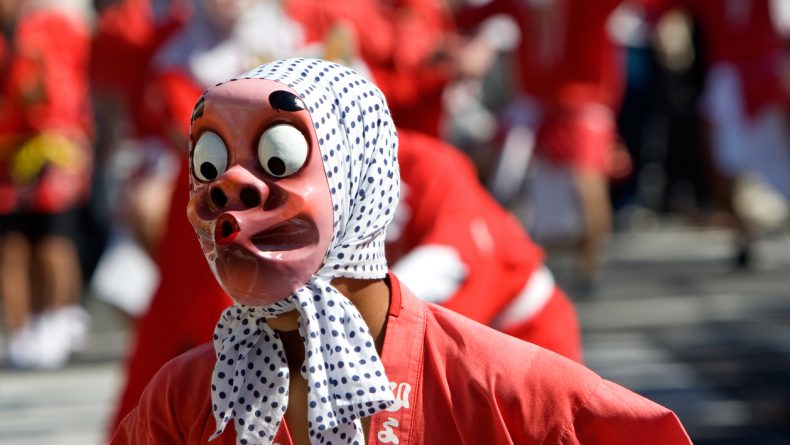
Leave a Reply